Ciudad Perdida Trek Part II - The Lost City
Monday, March 21, 2016
 La Ciudad Perdida, La Guajira, Colombia
La Ciudad Perdida, La Guajira, Colombia
I recall a long time back, many many moons ago, which may be
something like 25 years ago, watching a documentary on the Discovery Channel or
some similar network about the Tayrona people of the Sierra de Santa Marta in
northern Colombia and their Lost City in the jungle . I was quite amazed by it
and found it fascinating. Over the last ten or fifteen years Colombia has
really opened up as a travel destination, and I’ve put the Lost City high on my
list as a place to see as some of my world traveler buddies have gone and
posted pictures of it on their blogs or on Facebook.
Ciudad Perdida’s story is that it built around 700 A.D. and
was the political and trading center of the Tayrona tribes in the Sierra de
Santa Marta who built a sophisticated irrigation system and network of stone
trails through the mountains. The circular and oval stone terraces at the site
were once home to a population of up to 3,000, and the city was also an
important religious and burial site. The Tayrona called their city Teyuna,
which meant something like Mother Nature.
By around 1600, the Tayrona population was largely wiped out
by diseases brought by the conquistadors and those who remained fled farther
inland. The city was abandoned and disappeared into the forest growth over the
next four centuries. Then in 1973 tomb looters searching for gold known to
exist in burial urns and graves rediscovered the city by accident. By 1975 the
cat was out of the bag about the site, and archaeologists began to excavate it.
The site is believed to cover about 1,000 acres, and many parts remain
unexcavated.
Although opened to tourism in 1984, the area was controlled
by left-wing FARC rebels during the 1990s and much cocaine was grown in the
region . As recently as 2003 some tourists were kidnapped from La Ciudad Perdida
by the FARC to get international attention for their cause as they were getting
routed by the army during the presidency of Alfonso Uribe. They were eventually
released unharmed after being marched through the jungle for a while. Although
travel to the Lost City is now perfectly safe and one of the highlights of
travel to Colombia, there’s still an army post at the site and heavy presence
in the area.
We left Camp III in the early morning on Day 3 just after the
first sunlight to get to the site while it was still cool and before most of
the other groups got there. The walk included less than a mile along river on a
hilly trail and then an easy crossing on big rocks and a couple logs. Then the
fun began. There are said to be 1,200 steps to La Ciudad Perdida, although this
depends a lot on what you choose to call a step since the come in various sizes.
In any event, it’s a very steep climb, a scramble in some places, up the side
of the mountain to the city. And the Tayrona tribal people being quite
diminutive made steps with very narrow risers, ones I could little more that
put the front of my boot on or had to go up and down placing my feet sideways.
Despite not being especially hot in the morning, I was drenched in my sweat in
no time.
The Lost city is now a series of grassy terraces and ovals.
The Tayrona tribes built their homes out of wood and thatch so nothing remains
of the dwellings themselves except for a few newer houses of the resident
shaman and his wives . Although the Tayrona tribes built an extensive system of
steps out of rocks through the Sierra de Santa Marta there’s no evidence they
constructed any buildings, even ceremonial ones, out of stone. The site is now
used again ceremonially every September by the three tribes in the Sierra de
Santa Marta who have preserved their cultural traditions, the Kogis, Arhuacos,
and Arsarios.
After touring the site we stopped at the shaman’s house. The
shaman was not around, but his son-in-law displayed the apparatus the Tayrona
men use and carry around with them wherever they go to combine ground seashell,
dried coca leaves, and saliva into a paste which chemically somehow brings out
the active cocaine like compounds from the coca leaves. The tribal shamans use
it in religious ceremonies to enable them to stay awake for days and
hallucinate.
I had heard varying things from people about the Lost City
trek experience. Some have said it was one of the greatest things they’ve ever
experienced, while others have been less impressed. As an archaeological site
it is nowhere near as impressive as Machu Picchu or many of the Mayan and Aztec
sites in Meso-America. On the other hand, it’s also not as crowded and you feel
like you have the place mostly to yourself. Even if 100 people per day make it
to La Ciudad Perdida during the busy season, they don’t overwhelm the site. The
hilltop location in the jungle is also quite dramatic. And when you make it to
La Ciudad Perdida you feel like you’ve earned it after a two day walk through
the jungle. Overall I was quite pleased with the site and felt it was well
worth the trip.
Other Entries

 La Ciudad Perdida, La Guajira, Colombia
La Ciudad Perdida, La Guajira, Colombia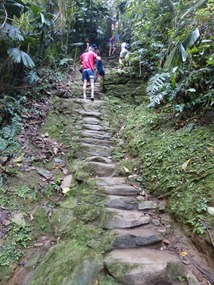
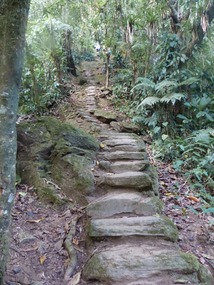
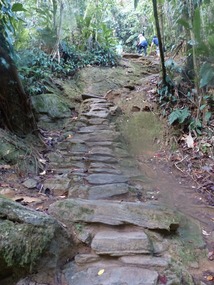




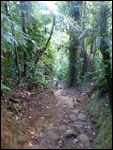
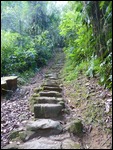
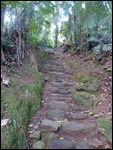
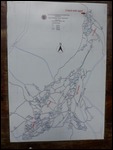
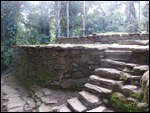
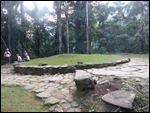
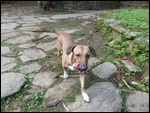
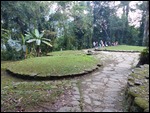
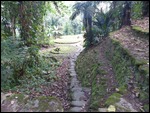
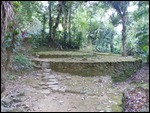
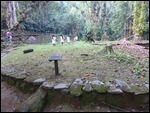
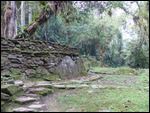
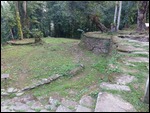
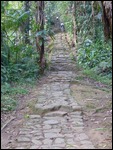
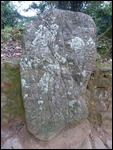
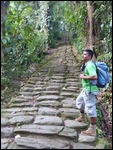
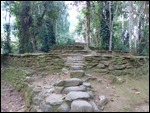
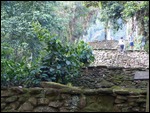
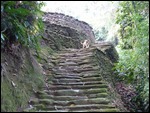
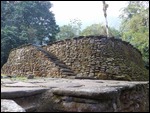
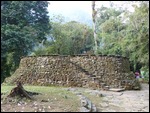
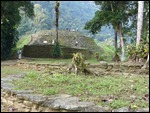
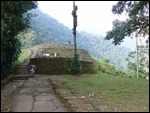
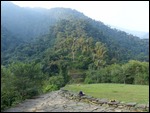
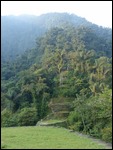
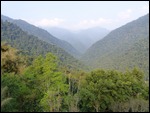
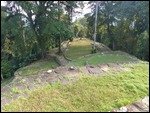

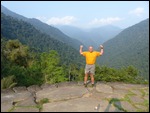
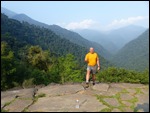
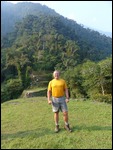
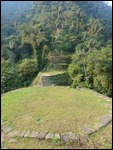
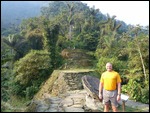
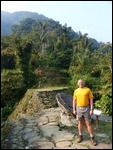
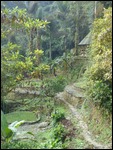
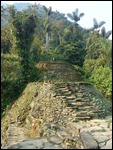
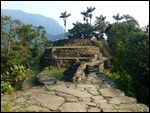

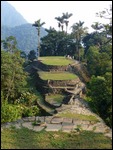
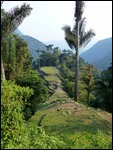
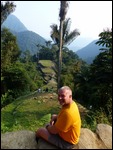
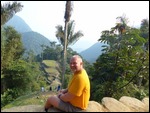
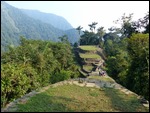
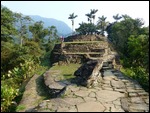
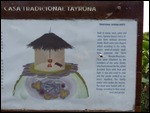
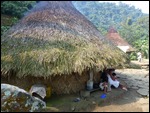
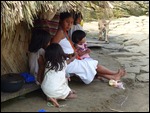
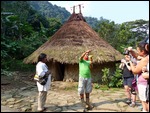
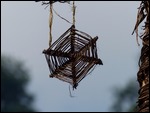
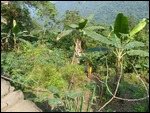

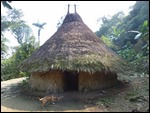
2025-05-22